
ONE of Christopher Columbus’ anchors has been unearthed alongside centuries old Mallorcan pottery in the Caribbean.
The anchor has an estimated weight of between 1,200 and 1,500 pounds, indicating it was a ‘bower’ anchor from a 300-ton vessel, the typical size of a Columbus-era ship.
Broken pottery, an olive jar and pot from Mallorca were also found, which date the wreck to the period between 1492 and the early 1500s.
The discoveries will be revealed in the next episode of the Discovery Channel docuseries Cooper’s Treasure.
“That anchor is from Christopher Columbus,” said historical shipwreck discovery specialist Darrell Miklos, who led the Caribbean expedition, “this is just the beginning of an amazing story.”

Miklos used a space treasure map created by his late friend, NASA Astronaut Gordon Cooper, to find a series of Caribbean shipwreck sites.
The new discovery, off the Turks and Caicos islands, is believed to be linked to Vicente Yanez Pinzon – a Sevillan sailor who was part of the Columbus expeditions.
Vicente was captain of the Nina on Columbus’ first voyage in 1492.
In 1499 and 1500 Vicente Pinzon discovered Brazil and the Amazon River.

In July of 1500, Vicente Pinzon’s fleet was caught in a hurricane while anchored near the Turks and Caicos islands and two of his ships were wrecked.
It is believed the find could be one of these ships.
Click here to read more Mallorca News from The Olive Press.

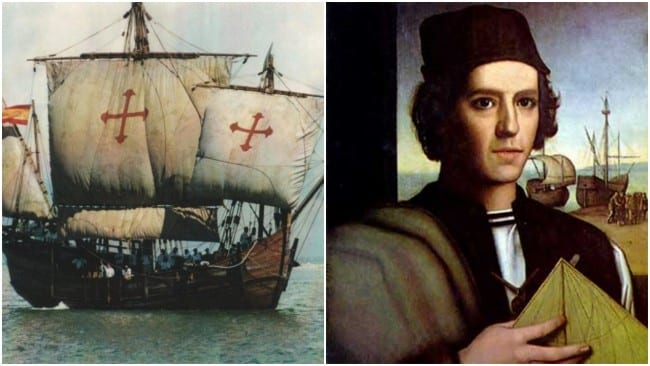
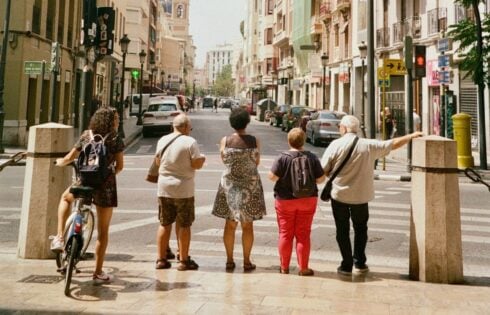
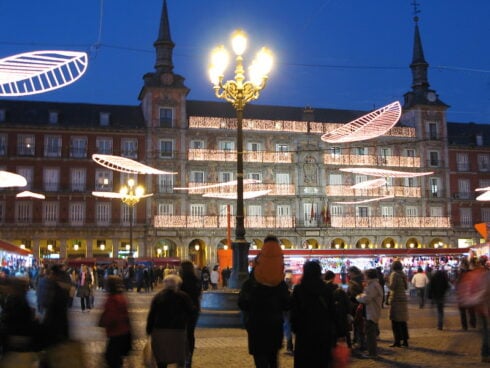


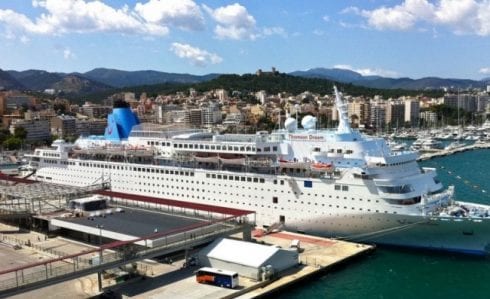
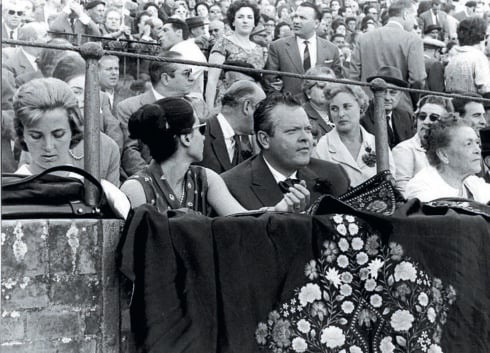

Since the anchor is so heavy, the chances are that it really hasn’t moved since it originally sank. Even the local currents would not be able to do that, albeit for a few inches. Thus, it’s a great marker of the location of the lost fleet when that occurred back then. A good stepping “stone” to find more relevant items, and rewriting some historical knowledge of ships’ traffic in those times. Can’t wait to hear of more artifacts…
Very excited to see what else comes from this discovery. I’ve been hooked on the show since the first episode. It’s interesting that the maps are there, the historical knowledge of the wreck sits is there, but no one had discovered this yet. The most interesting part is the grappling hooks. How successful were these sailors at recovering their goods with a hook? Does anyone think a large portion of the treasure could have already been recovered?